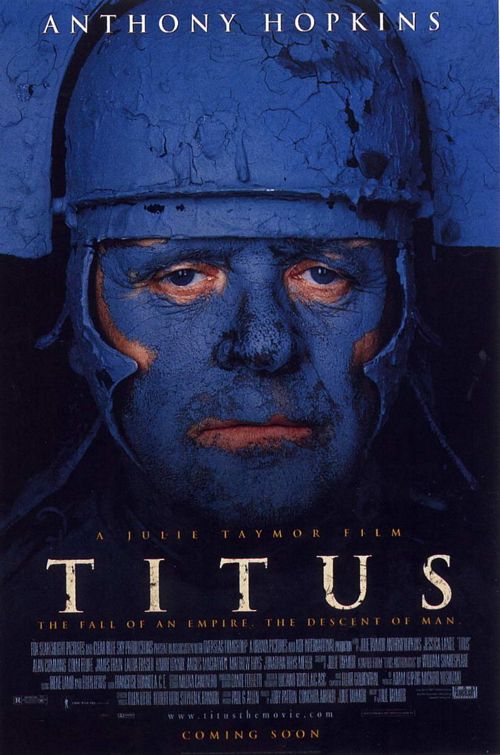
Having watched the 2004 version of Flight of the Phoenix I have found several similarities to other movies i have previously viewed. Firstly, the setting definitely brings about the same feeling as Lawrence of Arabia because the entirety of the movie takes place in the
Gohabi Desert. One plot similarity between the two movies is the struggles of both movies include battling not only the harsh desert conditions but all of the companions and a couple of bandits as well. Like the beginning of Lawrence of Arabia and most of this film water plays a very strong role as it would in any desert setting.
Unfortunately, color was not given its due time in the making of this film . Unlike Lawrence of Arabia or Fistful of Dollars color took a back seat to plot development instead of working with plot development hand in hand. To the unassuming movie viewer this may not be as evident because of the constant action and short frame cuts.
There were though a few scenes worthy of mention, including the "lightning storm" and "bandit negotiation scene". In the lighting storm scene as Davis leaves the wreckage during a lightning storm to urinate trips over a rock and falls, tumbling down possibly sand dune after sand dune until he is completely lost and the complete lack of light, except for the flashes of lightning leaves him in one direction, death. He is last shown during a double flash as a decrepit and decayed corpse standing up, reminiscent of the beginning of The Pirates of the Caribbean ride at Disney's Magic Kingdom. The scene is very fitting because many members of the crew had blamed him for jinxing them just before take-off.
The second scene which was the "bandit negotiation" scene was shot during a very interesting time of day. It was shot during the wee morning hours when the light is a very light hue of blue and the entire scene is shot this way. It is very fitting because they were very unaware of what might happen or what these men were all about. A very interesting time of day to shoot a scene and even entrancing in a way, reminiscent of the scene from Vertigo in Judy's apartment as far as the color goes, except for the horribly misplaced green. This seems more effective in this scene though becasue it was done through natural light rather than retouching.
One scene that uses heavy symbolism was when
Liddel wanders off and Towns finds him. The symbolism is not only "to look over the untraveled path" but also when they find the scattered books it symbolizes the vast differences of thoughts about what the survivors should or shouldn't do and when the two walk back together it symbolizes that they have agreed on an idea. At the center of all the books however is Kyles body from when he originally fell out of the aircraft and it symbolizes that no matter what death is not only omnipresent but that death is center stage to all.
Much of the plot reminds me of Lord of the Flies in that it gives the scenario that when government ceases to exist that the true wild takes over man. Towns and Elliot remind me of from Lord of the Flies in that they have not only a power struggle between each other but between themselves and their subconscious. Elliot parallels Jack and Towns parallels Ralph, although they do not parallel the each other to the tee the general
ideologies over power exist between them both in the plot and subplot.
Overall the movie did have several misplaced storms and a strongly misplaced rainstorm that became so ineffective that they loose all bearing on the film, which having been used in the correct context could have really impacted
the film and made the film more effective to the viewer. Though, despite many of its faults the film did have some minor
cinematographic successes.



